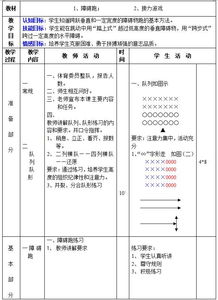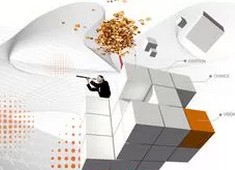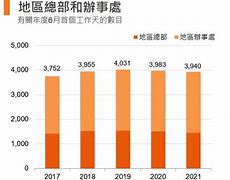Title: Crafting Effective Physical Education Curriculum
In designing a comprehensive physical education curriculum, several key factors must be considered to ensure its effectiveness in promoting physical fitness, skill development, and overall wellbeing among students. Let's delve into the essential components and strategies for creating a robust sports education program.
Understanding Learning Objectives:
1.
Physical Fitness Goals
: Define clear objectives related to improving cardiovascular endurance, muscular strength, flexibility, and overall physical health.
2.
Skill Acquisition
: Identify specific skills pertinent to various sports and activities, ensuring a progressive approach from basic to advanced levels.
Curriculum Structure:
1.
Sequential Progression
: Organize activities in a logical sequence, gradually increasing complexity and intensity to cater to diverse skill levels and abilities.
2.
Inclusion of Diverse Activities
: Incorporate a variety of sports, games, and recreational activities to cater to different interests and abilities, promoting overall engagement.
Key Components:
1.
Warmup and Cooldown Routines
: Include dynamic warmup exercises to prepare the body for physical activity and cooldown routines to aid in recovery and injury prevention.

2.
Skill Development Sessions
: Allocate time for focused skill development sessions, providing opportunities for students to learn and refine specific techniques under expert guidance.
3.
Game Play and Team Sports
: Integrate team sports and game play to foster teamwork, sportsmanship, and strategic thinking among students.
4.
Fitness Challenges and Assessments
: Implement periodic fitness assessments to track progress and motivate students, while also incorporating fitness challenges to promote healthy competition and goal setting.
Teaching Methodologies:
1.
Demonstration and Explanation
: Utilize visual demonstrations and clear explanations to effectively communicate techniques and rules of various sports and activities.
2.
Guided Practice and Feedback
: Provide ample opportunities for guided practice, offering constructive feedback and correction to help students improve their skills and performance.
3.
Inclusive Teaching Strategies
: Employ inclusive teaching strategies that accommodate diverse learning styles and abilities, ensuring that all students feel valued and supported.
Integration of Technology:
1.
Fitness Tracking Apps
: Incorporate fitness tracking apps or wearable devices to monitor students' progress and encourage selfmonitoring of physical activity levels.
2.
Video Analysis
: Utilize video analysis tools to provide visual feedback on students' performance, aiding in skill refinement and technique correction.
Assessment and Evaluation:
1.
Formative Assessment
: Use ongoing formative assessments, such as skill drills and observation, to monitor students' progress and provide timely feedback for improvement.
2.
Summative Assessment
: Conduct periodic summative assessments to evaluate students' mastery of skills and overall physical fitness levels, adjusting curriculum as needed based on assessment results.
Adaptations for Special Populations:
1.
Inclusive Programming
: Modify activities and exercises to accommodate students with disabilities or special needs, ensuring that all students can participate and benefit from the physical education program.
2.
Individualized Support
: Provide individualized support and adaptations as needed, including personalized fitness plans and oneonone instruction, to address unique challenges and facilitate success.
Collaboration and Professional Development:
1.
Interdisciplinary Collaboration
: Collaborate with colleagues in health education, sports science, and psychology to enhance the holistic development of students through integrated curricular approaches.
2.
Professional Development
: Attend workshops, conferences, and training sessions to stay updated on current trends and best practices in physical education pedagogy, continuously improving teaching skills and curriculum design.
By incorporating these key components and strategies into the physical education curriculum, educators can create a dynamic and inclusive learning environment that promotes lifelong physical fitness, skill development, and overall wellbeing among students.





